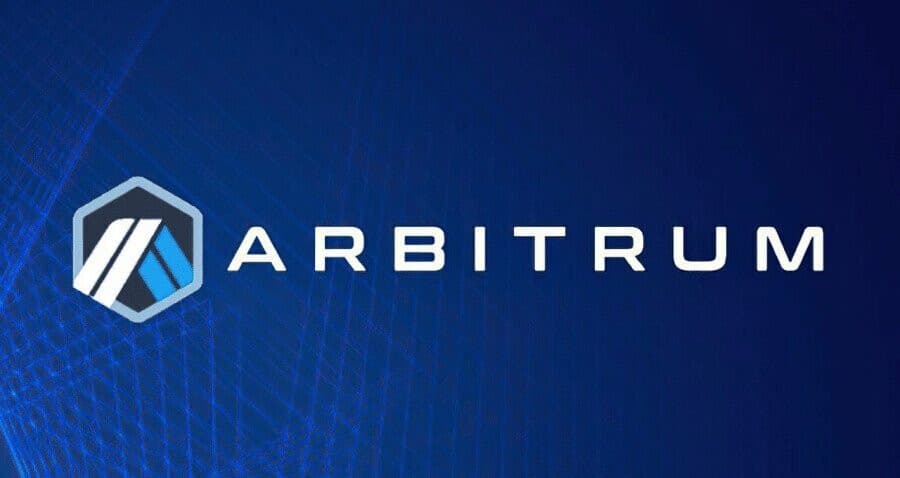Exploring the Arbitrum Protocol and Its Airdrop Potential

In the rapidly evolving landscape of blockchain technology, scalability has long been a primary concern. As decentralized applications (dApps) gain traction and user adoption grows, the limitations of existing blockchain platforms become increasingly apparent. Enter Arbitrum, a layer 2 scaling solution designed to enhance the capabilities of Ethereum and other compatible blockchains. In this blog post, we'll delve into the Arbitrum protocol, its significance in the blockchain ecosystem, and explore the potential for airdrops within the Arbitrum ecosystem.
Understanding Arbitrum
Arbitrum is a layer 2 scaling solution that aims to address the scalability issues faced by Ethereum and other blockchain networks. Developed by Offchain Labs, Arbitrum utilizes a technique known as optimistic rollups to increase transaction throughput and reduce fees without sacrificing security.
At its core, Arbitrum operates by processing transactions off-chain and then submitting a compressed version of the transaction data to the Ethereum blockchain. This allows for significantly faster transaction processing times and lower fees compared to executing transactions directly on the Ethereum network.
One of the key advantages of Arbitrum is its compatibility with existing Ethereum smart contracts and dApps. Developers can seamlessly migrate their applications to Arbitrum with minimal modifications, unlocking the potential for greater scalability and improved user experiences.
Airdrop Potential of Arbitrum Protocol
Airdrops have become a popular marketing and distribution strategy within the blockchain community. Typically, an airdrop involves distributing tokens to users of a particular blockchain or dApp as a way to incentivize adoption or reward community participation. With the emergence of Arbitrum, there's an exciting opportunity for projects to leverage airdrops to promote their platforms and engage with users.
Here's how the Arbitrum protocol presents a unique opportunity for airdrops:
Increased Scalability: By utilizing Arbitrum's scaling capabilities, projects can execute airdrops more efficiently and cost-effectively. With lower transaction fees and faster processing times, distributing tokens to a large number of users becomes more feasible.
Enhanced User Experience: The seamless integration of Arbitrum with Ethereum means that users can access airdrops through familiar interfaces and wallets. This simplifies the distribution process and reduces friction for participants, potentially leading to higher engagement levels.
Cross-Chain Compatibility: While Arbitrum is initially focused on Ethereum, its architecture is designed to be compatible with other blockchains as well. This opens up the possibility of conducting cross-chain airdrops, allowing projects to reach a broader audience and tap into diverse user bases.
Community Building: Airdrops can serve as a powerful tool for community building and fostering user loyalty. By rewarding early adopters and active participants, projects can cultivate a strong and vibrant community around their platform, laying the foundation for long-term growth and success.
Conclusion
As blockchain technology continues to evolve, scalability solutions like Arbitrum are poised to play a crucial role in unlocking the full potential of decentralized applications. With its innovative approach to scaling and seamless compatibility with Ethereum, Arbitrum offers exciting opportunities for projects to engage with users and drive adoption through airdrops.
By leveraging Arbitrum's enhanced scalability and user experience, projects can execute airdrops more efficiently and effectively, thereby fueling growth and building vibrant communities around their platforms. As the blockchain ecosystem continues to mature, we can expect to see more projects explore the potential of Arbitrum and other layer 2 scaling solutions to drive innovation and unlock new possibilities in decentralized finance, gaming, and beyond.




















![[LIVE] Engage2Earn: auspol follower rush](https://cdn.bulbapp.io/frontend/images/c1a761de-5ce9-4e9b-b5b3-dc009e60bfa8/1)









![[ℕ𝕖𝕧𝕖𝕣] 𝕊𝕖𝕝𝕝 𝕐𝕠𝕦𝕣 𝔹𝕚𝕥𝕔𝕠𝕚𝕟 - And Now What.... Pray To The God Of Hopium?](https://cdn.bulbapp.io/frontend/images/79e7827b-c644-4853-b048-a9601a8a8da7/1)

